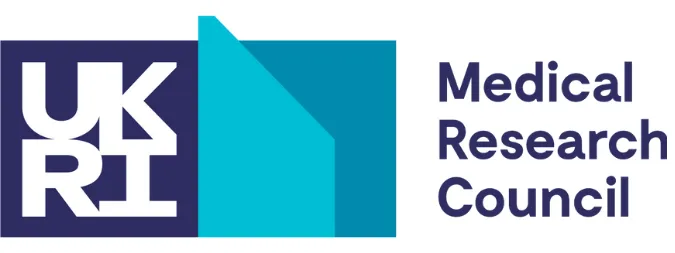Transcriptional regulation of vertebrate development
We are interested in the networks of gene activity that control tissue and organ formation in the vertebrate embryo. The correct regulation of gene activation and repression is crucial both for cell types to become established during embryonic development and for on-going differentiation of stem cells in the adult. Conversely, deregulation of gene expression may lead to cancerous changes and other diseases. Understanding the programs that control gene expression and underlie cell differentiation is thus central to many aspects of human health.
Our main focus is on gene regulation during the formation of mesoderm and endoderm – two cell types that form in the early embryo. Mesodermal cells will go on to form tissues such as blood, muscle and bone, whereas endodermal cells will form liver, lung, pancreas and gut. By identifying the programs of gene regulation that lead to the formation of these cells types we hope to be able to recapitulate them in the lab and generate cells that could be used for repair and replacement of damaged tissues in humans. We also investigate what happens when gene expression is deregulated in cancer to identify drug targets.
We use a combination of approaches to study this, including experimental embryology, molecular biology, genomics, proteomics and computational biology in a variety of systems including zebrafish, mammalian stem cells and cancer cells.
Current PhD students
Sarah Kendall
Reuben Yaa
Our Partners

Biotechnology & Biological Sciences Research Council

British Heart Foundation


